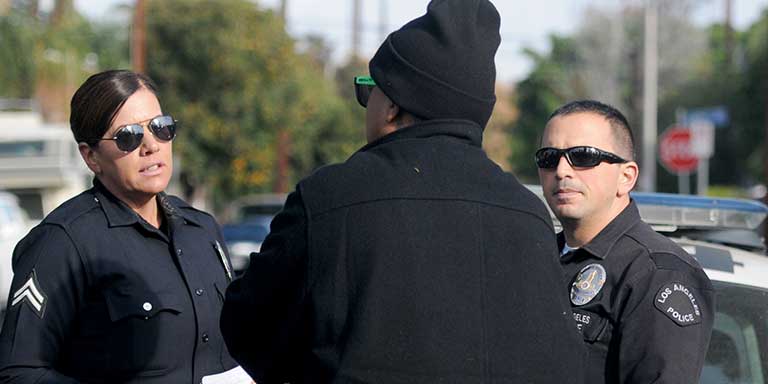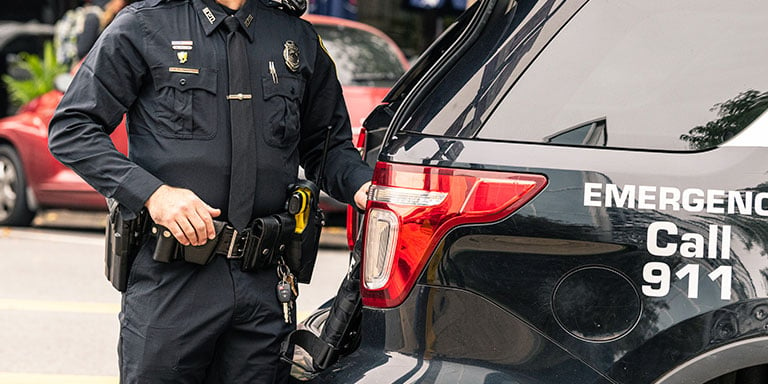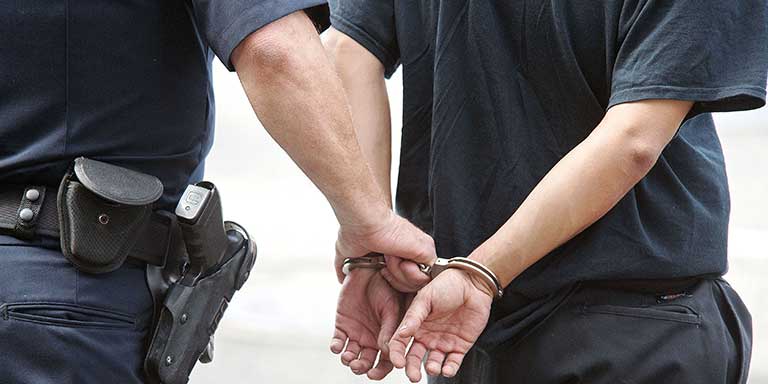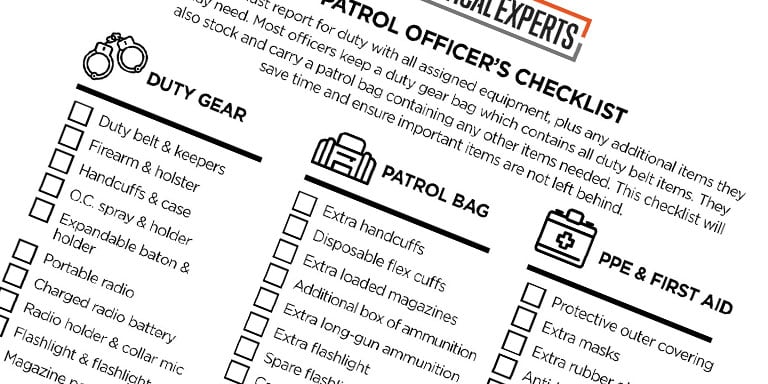
Electronic surveillance (more commonly referred to as wiretapping) is a great tool used to investigate serious crimes such as homicide, kidnapping and conspiracies. The vast majority of wiretap investigations are used in narcotics trafficking cases.
A wiretap investigation involves the police secretly intercepting and monitoring communications to investigate criminal activity. No one outside the wiretap team should know that a wire investigation is occurring — secrecy is paramount.
Wiretap communications may include telephones, cell phones, computers and other electronic communication devices. They may also cover oral communications intercepted by direct audio surveillance. In this guide, we lay out some of the basics of wiretap investigations, including the process of obtaining a warrant, the structure of the investigative team and the steps taken to shut down the wiretap at the investigation's conclusion.
Requirements to Obtain a Wiretap Warrant

Wiretaps are not used as frequently as television shows lead people to believe. In 2018, judges authorized just 2,937 wiretaps. That number includes all federal, state and local law enforcement agencies across the country (as reported by the Administrative Office of the U.S. Courts). One reason for the small number of wiretaps is the sheer depth of the investigative process necessary to submit a wiretap application.
Wiretap affidavits must generally include:
The identity of the applicant and the official who authorized the application
A statement of the facts, including details of the crime, a description of the type of device to be intercepted and the locations where the interception is likely to occur
A description of the types of communications to be intercepted and the identities (if known) of the person(s) committing the offense(s)
A statement of the alternative investigative techniques used before submitting the application or an explanation as to why those techniques would be futile or dangerous to attempt
A statement of the length of time the interception is to be maintained
A complete history of any previous interception applications
In addition, the issuing judge must find:
Probable cause to believe that the target of the investigation has or is about to commit one or more serious crimes
Probable cause to believe that communications concerning the crime will be seized with the help of the requested interception
Probable cause to believe that the location where the oral or electronic communications are to be intercepted is being used by the target of the investigation in connection with a serious crime
Lastly, that all other investigative procedures have been tried or are likely to be futile or dangerous
The statement of facts in the affidavit should specifically describe the investigative efforts that police already attempted. Unlike a search warrant, a wiretap affidavit must convince the court that wiretap interceptions are essential because all other forms of information gathering have either been tried and have failed, or that they would be fruitless or too dangerous to attempt. That process is known as "exhaustion."
Some standard investigative techniques police may have already tried before submitting a wiretap affidavit include:
Recovering and lawfully searching the target's garbage
The use of a confidential informant
Using physical surveillance, including vehicle tracking devices
Lawfully intercepting the target's mail
Photographic and video surveillance techniques
A pen register
A trap & trace order
Some of these investigative processes require separate warrants to be legal. If the affidavit seeks to wiretap a target's cell phone, a pen register and a trap & trace device usually provide essential pre-wiretap information.
Pen Register
A pen register (also known as a dialed number recorder, or DNR) allows the police to see the numbers dialed out from the suspect's telephone and the suspect's subscriber information. The report usually comes as a physical or electronic document provided by the target's telephone carrier under subpoena. This process provides useful information by identifying people the target has called and the frequency and duration of the calls.
Trap & Trace Order
While a pen register captures outgoing calls from a suspect's phone, a trap & trace order directs the phone company to collect information on all incoming calls, identifying the owners of the telephones being used to call the target's phone or device. Pen registers and trap & trace devices only provide information on incoming and outgoing calls to and from the target phone; the actual conversations themselves cannot be monitored until the wiretap order is authorized.
Types of Wiretap Orders
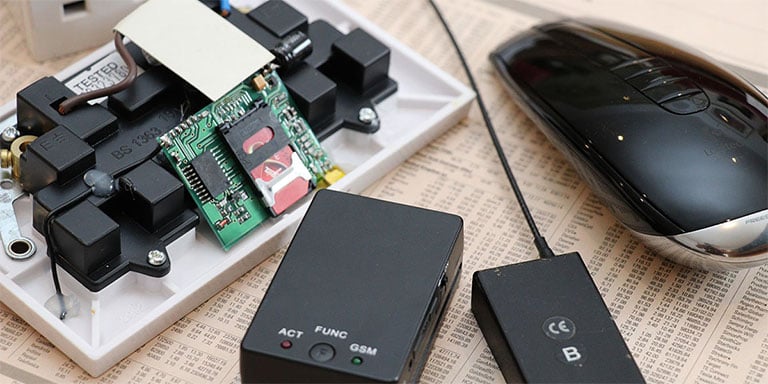
While most people think of a wiretap order as a legal means for the police to listen in on a telephone conversation, it's actually much more.
Wiretaps can be authorized for cell phones, home phones and even disposable burner phones. Wiretap orders can also allow the interception of other electronic devices such as beepers, tablet computers, laptops and desktop computers. Virtually any method of communication can be covered in wiretap orders.
There is another type of wiretap order used to intercept non-electronic communications: the oral communication order, more commonly referred to as a room bug. These orders are rare. In 2018, less than five oral communication orders were approved according to the Administrative Office of the U.S. Courts. Room bugs are among the most significant invasions of privacy, as anyone speaking within the target area can be surreptitiously heard by law enforcement. Bugging almost always involves organized crime figures.
A good example of bugging occured on the TV show, The Sopranos. Federal agents break into the house of Tony Soprano, a known mob boss, and plant a listening device inside a lamp in his basement. The show takes place in the late 1990s and early 2000s, and this scene quite accurately depicts how room bugs were placed during that era. Since then, modern-day electronics have drastically changed the methods of law enforcement audio and video surveillance.
The Plant and the Personnel
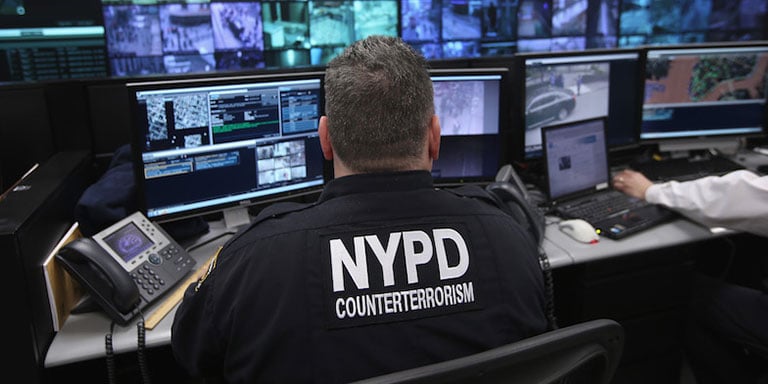
Once a judge grants a wiretap order, officers must select a physical location to act as the wiretap plant; the plant houses the electronic equipment necessary to monitor and record intercepted communications. Many large agencies have dedicated spaces already set up for this purpose.
Running a wiretap can require a lot of personnel. A typical group who runs the operation is separated into four categories: plant supervisors, monitors, surveillance teams and transcribers.
Plant Supervisors
Plant supervisors are experienced officers who must possess a superior knowledge of the case and the plant's overall operation. Split-second decisions by a supervisor can either result in the collection of vital evidence or place the entire investigation in jeopardy.
For example: a call is being monitored where the target speaks about picking up five shirts from a particular dry cleaner. Unknown to the officer monitoring the call, prior information collected months earlier from an informant indicates that the target sometimes speaks in code, referring to kilos of narcotics as "shirts." If the plant supervisor misses this, an otherwise pertinent conversation may go unnoticed and undocumented.
The plant supervisor is responsible for all other members of the operation, including directing surveillance units based on information from wiretapped conversations. Typically, the wiretap order's affiant is also present to serve as an expert on the investigation.
Monitors
As their name implies, monitors listen to the wiretap and determine the pertinence of the calls. An error by a monitor could inadvertently cause evidence to be suppressed. Monitors are usually rotated out of the hot seat every few hours.
Surveillance Teams
These teams may be directed to follow the target's vehicle, photograph persons entering a target location or record license plate numbers of vehicles of interest. Surveillance teams receive instructions from the plant supervisor via restricted radio frequencies or by cell phone communication to maintain secrecy.
Transcribers
Depending on the type of recording equipment used, a transcriber may have to listen to a conversation and type it out word for word. This is a very exacting and laborious process, but in some cases, it's necessary.
Minimization Training

Personnel selected to work the wire have to go through mandatory training. A crucial part of that training is learning about minimization procedures. Minimization is especially important for monitors, as they're the individuals directly listening to intercepted communications.
When the police intercept a telephone call, they can only legally listen in for a short period. While listening in, the monitor has to determine if the suspect is discussing criminal activity or other non-pertinent things. If illegal activity is discussed, the monitor can continue to listen, but they must disconnect if there is no relevant conversation. This disconnection procedure is called minimization.
After minimizing, the monitor is permitted to go back in and listen in on the call every few minutes to see if the conversation becomes pertinent. The lengths of time the officer spends monitoring and minimizing are both permanently recorded.
The second type of minimization involves privileged conversations that police cannot monitor.
These protected conversations include:
Conversations between a husband and wife
Conversations with medical and insurance providers
Conversations with a minister and clergy members
Conversations with attorneys
These privileges may not exist if there is sufficient evidence that the protected individual is a co-conspirator in the crime being investigated.
Shutting Down the Wiretap
As evidence is collected, an attorney assigned by either the district attorney's office or county prosecutor should regularly review it. When sufficient evidence is obtained to prove the crime, the wiretap must be shut down. However, the issuing judge may authorize extensions if more time is needed to make the case. Wiretap orders have a date by which they must end. Additionally, if no evidence is gathered during a reasonable period of time, the police may shut down the wiretap early.
In a successful case, there will be plenty of paperwork. The police issue arrest warrants for persons shown to be co-conspirators, search warrants for locations where criminal activity occurred and seizure warrants for vehicles or property used in the furtherance of a criminal enterprise. The investigating officers must properly secure all recordings and return them to the judge who issued the wiretap order. The judge then seals the evidence to protect against tampering. The timeline for completing this process is strict, and cases have been lost due to recordings being delivered late.
A wiretap investigation is a serious undertaking. It is reserved for the most complex and serious criminal investigations, including murder, kidnapping, organized crime and narcotics distribution syndicates. Due to the need for secrecy in this type of investigation, most officers uninvolved in the case won't even know a wire investigation is ongoing until after it's over. Any officer selected to work a wiretap investigation should feel fortunate for the opportunity and proud that they were selected for such an important assignment.
Did you find this article helpful?


